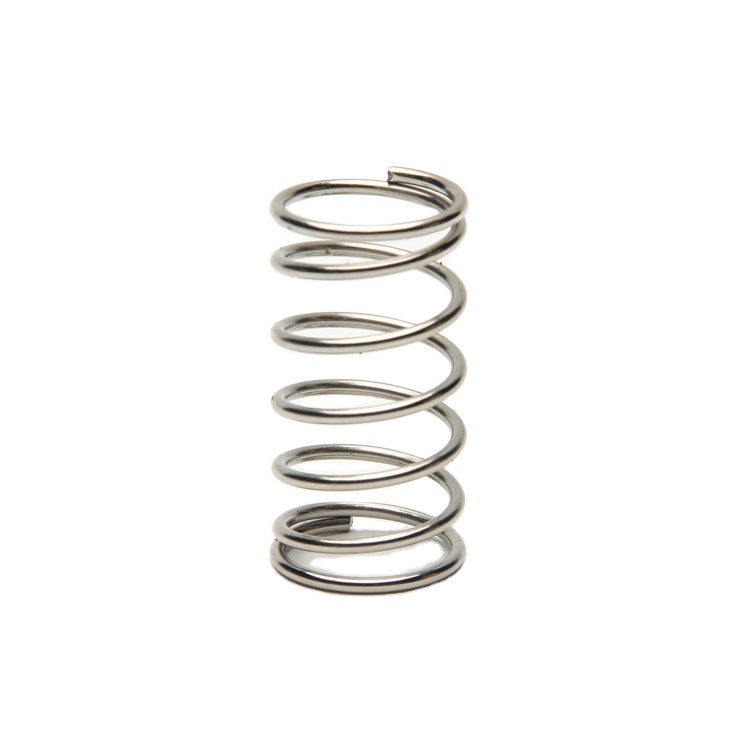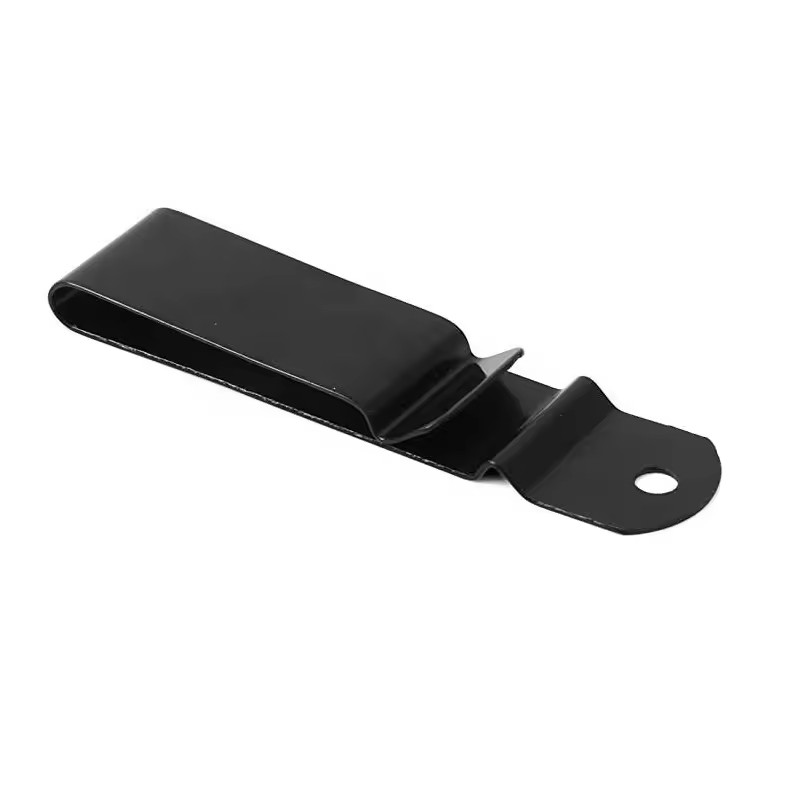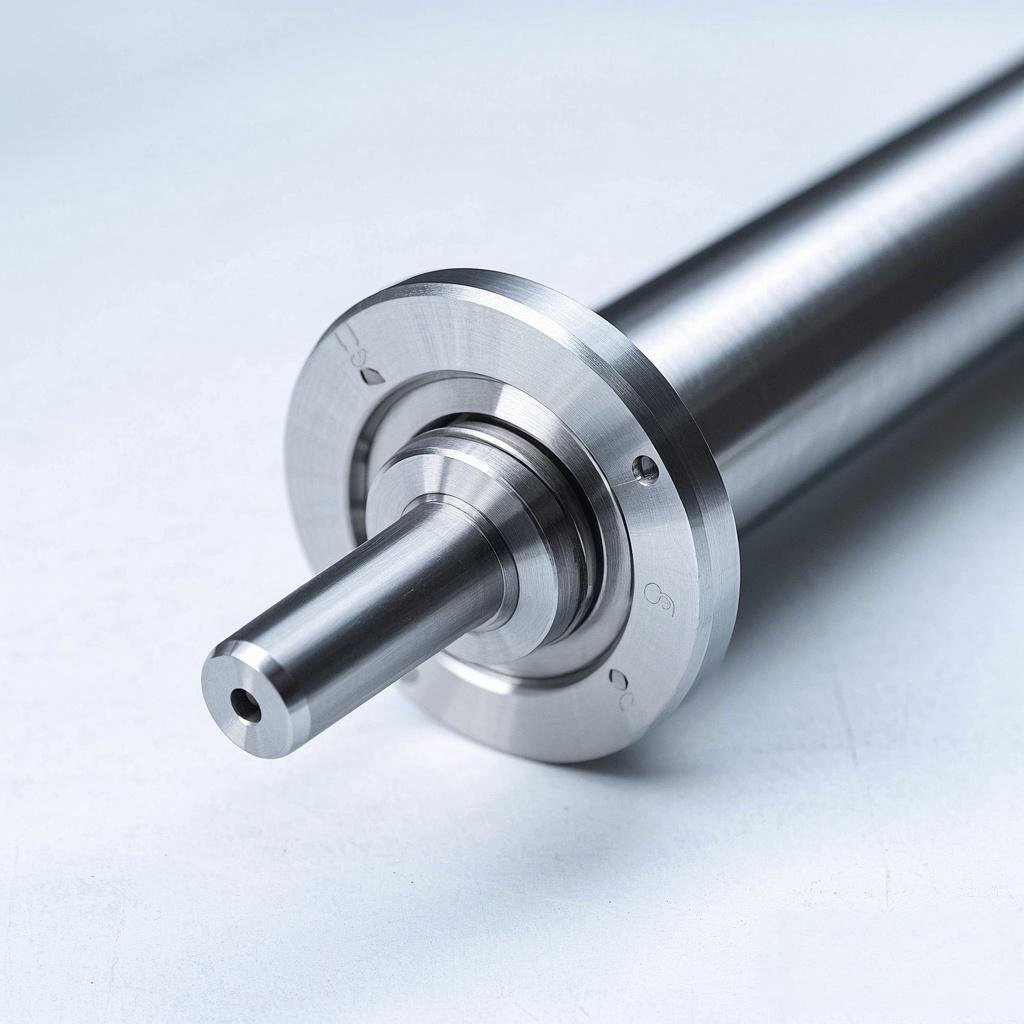What's CNC Machining

What's CNC Machining?
CNC stands for Computer Numerical Control. It means utilizing computerized software to control how a machine moves and operates.
It works by converting a digital model of a part into a sequence of computer instructions that control the actions of the machining tools to achieve the desired output
CNC machiing equipment works on a variety of parts, such as metals, metal alloys, wood, stone, and more. The size of machine tools can vary based on the specific part that equires manufacturing.
Since it is computer-controlled, CNC machining can deliver superior levels of versatility, efficiency, and precision relative to other common manufacturing methods. This makes it a popular manufacturing choice for a vast range of industries and applications.
How Does CNC Machining Work?
CNC machining relies on computer programs to create the layout of the process in which the machine tool should function. Since users cannot directly communicate with the machine tools, Computer-Aided Design (CAD) software is used.
CAD software creates the 2-dimensional and 3-dimensional models for the required CNC machined parts. With this design, the machine knows what the final part looks like.
The computerized controls do the calculation required for removing material, so the workpiece looks like the final part created in the CAD software.
Let us go through the breakdown of various processes that occur during CNC machining.
The Four Stages of CNC Machining
CNC machining occurs in four stages:
Stage 1: Creating the CAD Model
Before CNC machining begins, the 2D or 3D model of the final design is required. This model is created in CAD software. There are many CAD software programs available online, free and paid.
Creating CAD models is not difficult and can easily be learned. However, some complex parts might require more experience with CAD, for which expert designers can be hired.
Stage 2: Converting CAD Model to CNC File
No CNC machine understands CAD language directly. CNC machines only recognize movement based on coordinates. Therefore, the CAD model must be converted to a CNC understandable file called G code.
Many CAD software programs can write the output file directly in G code by using the particular setting before saving the file.
In other cases, converting the CAD design to G code will require dedicated software called Computer Aided Manufacturing (CAM). CAM software is a very functional tool when it comes to the automation of machine processes.
Besides using CAM software, many simple free tools can convert simple CAD designs to G code with the click of a button. However, they don’t have the vast suite of features that CAM software offers.
Stage 3: Configuring the CNC Machine
Before starting manufacturing processes, the CNC machine must be set up the right way.
Think of this as configuring the printer before you print something. You need to feed the printer with pages and check specific settings. CNC machines operate similarly.
Before machining begins, there are many setup processes to complete. For instance, you must ensure the workpiece is properly positioned on the machine. The dies must also be set correctly, and other position settings.
Stage 4: machining operation execution
Once the configuration stage is complete, the machine operation can begin. For this, you can execute the program on the display panel of the CNC machine.
Depending on what you design, you might have to go through various program prompts to choose different types of settings and options.
Once the CNC program is executed, the machine keeps going till the end of the program. It only stops if switched off by the operator or in the case of an unexpected error or power disruption.
What are the Different Types of CNC Machining Processes?
A CNC machine is not one specific machine, as it is a group of different types of CNC machines working on various machining processes. Some of the most popular CNC machining operations include:
CNC Milling
CNC milling is one of the most popular types of CNC machining processes. In fact, many professional machine shops often use a CNC machining and CNC milling process interchangeably. Face milling and peripheral milling are two of the most frequently used CNC mill applications.
In a CNC milling machine, rotating cutting tools move relative to the workpiece to remove material.
The cutting tool (also called a milling tool) is fixed on a spindle that can rotate. The rotation and movement of the spindle give CNC milling machines the ability to perform three or more axes milling operations.
CNC Drilling
The CNC drilling process is a lot simpler than using milling tools or the turning process. In CNC drilling, the workpiece is held stationary while a drill bit moves over the workpiece and creates holes.
The purpose of drilling holes might be to add screw bolts, aesthetic requirements, or any other use.
CNC Grinding
CNC grinding machines use a rotating flat abrasive wheel for removing material from rough workpiece surfaces. This machine process is usually applied to create a smooth-finished part. The grinding wheel rotates at a very high speed.
CNC Routing
CNC routers are very similar to CNC milling machines. The main difference is that in a CNC router, the workpiece is always stationary, and the cutting tool moves in X, Y, and Z dimensions. CNC routers create faster cuts than milling machines without compromising accuracy and design complexity.
Other Types of CNC Machines and CNC Operations
Besides the various types mentioned above, there are other CNC processes too. Some independent fabrication machines are integrated with a CNC for automatic movement. Some of these additional CNC machines are:
Broaching
Broaching utilizes a toothed cutting head to create niche shapes on a workpiece. Broaching cuts are very consistent and highly accurate. These machines can be linear or rotary (with a rotating toothed cutting tool).
Sawing
Sawing utilizes a toothed blade for creating straight, linear cuts. The cuts are created by the removal of material due to friction with the saw blade. When operated with a CNC, this process is usually applied for the automated cutting of materials.
Honing
Honing is similar to grinding in that it is generally used for the secondary finishing of a material. In the honing process, an abrasive stone or wheel is used for controlled grinding of the workpiece, creating the desired shape, size, or finishing.
Lapping
Lapping is also similar to grinding. But, lapping uses an abrasive paste, powder, or mixture instead of a grinding wheel to create a smooth surface finish. The abrasive mixture is inserted between two materials (one of which is the workpiece) and then rubbed against each other.
CNC lathes
CNC lathes are primary shaping tools used for machining metal or wood. In a lathe machine, the workpiece is rotated around a central axis, and the machining head moves linearly along the surface. CNC lathes can perform various functions, such as cutting, drilling, sanding, knurling, facing, and more. CNC lathes perform much better than manual lathes.
Plasma Cutters
Plasma cutters are an evolved form of cutting technology, using a high-temperature plasma jet to cut material. The plasma is created by an electrical arc, so this method applies to conductive materials only.
Laser Cutters
Laser cutters use a laser beam to cut through a material. Unlike plasma cutting, laser cutting is not limited to the cutting of electrically conductive materials. Laser beams can cut through anything by adjusting the laser parameters.
Flame Cutters
Flame cutting uses an Oxy-acetylene (also known as Oxy-fuel) gaseous mixture to cut through metals. When the Oxy-fuel stream is narrowed and ignited, it creates an ultra-high temperature flame that can easily cut through metal.
Press Brakes
The purpose of Press Brakes is to bend metal plates and sheets. The material is placed between a V-shape or a U-shape die. Then the die is pressed, resulting in the bend as required.
Electric Discharge Machines (EDM)
Electrical Discharge Machines (EDMs) are used for cutting conductive materials. In EDM, electrical pulses are emitted by a cutting head near the material, which creates an electrical arc. This arc melts and removes the material at the required position resulting in a cut.
Water Jet Cutters
Waterjet cutters utilize ultra high-pressure water for the cutting action. These cutters can cut through anything: metal, alloy, wood, stone, or glass. The water jet stream is controlled by CNC and moved according to the software.
What Materials can be Processed by CNC Machines?
CNC machining enables working on a wide range of materials. In fact, you do not need various machines for CNC machining materials that are different. Most types of CNC machines support multiple materials allowing them to switch between producing different machine parts with a slight change of tooling.
Metals:
Metal is one of the most common materials that undergo the CNC machining process. Its hardness makes using manually controlled machining long, arduous, and less precise. CNC machines provide the best and fastest way to work on metal parts.
Some of the metals that are used to manufacture parts with CNC machines are:
Aluminum: Aluminum is not just the most abundant metal on earth but also the most commonly used in CNC machining. Its high strength-to-weight ratio makes it ideal for lightweight parts that require decent strength.
Magnesium: Magnesium is most commonly utilized for creating the outer body of electronics. This is because Magnesium is 33% lighter than Aluminum, making it perfect for reducing the weight of electronics like laptops.
Titanium: Titanium is one of the toughest materials out there. It undergoes CNC machining for applications in aerospace, the military, and for any other high-grade requirement.
Cast Iron: CNC machining parts from cast iron is very useful as you can produce parts at twice the speed of producing parts using steel, with less wear resistance on tools.
Alloys
CNC machines can work on metal alloys just as well as metals. Here are the common alloys that go through CNC machining:
Stainless Steel: Stainless Steel is one of the more popular varieties of steel. Due to its hardness and other physical properties, it is always shaped by the CNC machining process.
Carbon Steel: Carbon steel is the most widely used alloy in the world. It is cheaper than stainless steel and has higher strength. CNC machines can shape carbon steel with high accuracy.
Brass: Brass is soft and corrosion-resistant. There are numerous varieties of brass with varying proportions of zinc and copper. All these varieties can be CNC machined.
Plastic
Many people are unaware of it, but CNC machining can also be used to shape plastic parts. Common plastics used in modern manufacturing include:
Nylon: Nylon is strong, flexible, and fire-resistant. Nylon CNC machined parts are sometimes used to replace some metal parts since Nylon also has good lubrication properties.
ABS: ABS plastics are often used for applications like injection molding due to their thermoplastic nature. However, for making prototypes, CNC machining ABS is the better way to go.
PMAA: PMAA Acrylic is strong, transparent plastic. Therefore, PMAA is used for replacing glass in items like optical equipment or food containers.
PEEK: PEEK is one of the most expensive plastics with exceptional temperature resistance and physical properties. CNC machining of PEEK finds applications in the aerospace and medical industries.
Wood
Wood is another common material used in CNC machining. Not only that, it is actually quite easy to machine due to its soft nature. The most common application is for making furniture.
What we can do for you?
Hongyi can provide all kinds of precision CNC machining services including CNC machining, milling, turning, EDM, Automatic Lathe Machining, grinding with precision 3- 4- 5-axis CNC machining centers, combined with our professional and experienced engineering team.
Our general tolerances for CNC machining of metals is DIN-2768-1-fine and for plastics, DIN-2768-1-medium. Tolerances are greatly affected by part geometry and type of material. Our project managers will consult with you on every part of your project and will seek to provide the highest degree of precision possible.
Please send us your CAD files at hongyi@hongyi-machining.com. Indicate the quantity, material, finishing..etc. We will get back to you within 24 hours.



